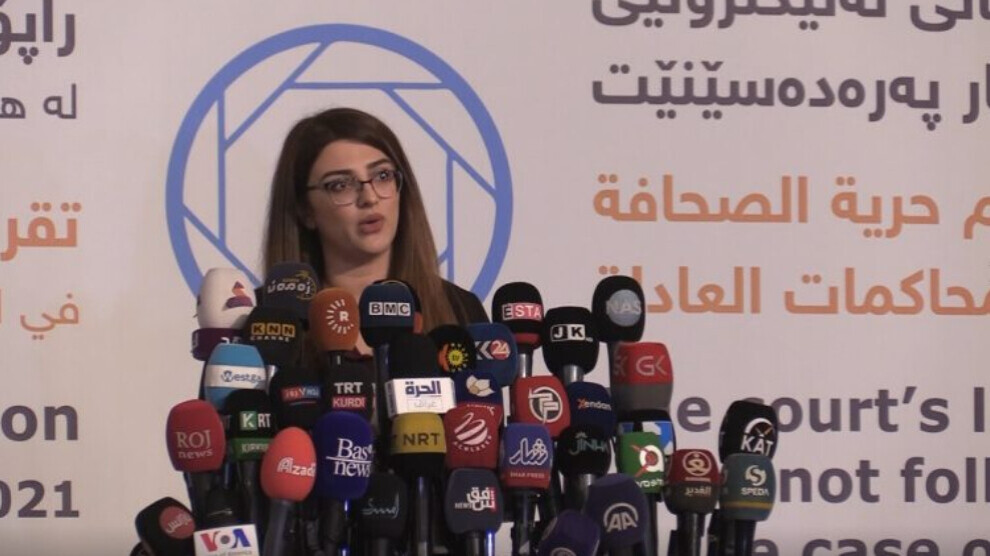Women journalists in Southern Kurdistan face ever-increasing violations
Women journalists in South Kurdistan are subjected to gender discrimination, harassment and violations by their male colleagues.
Women journalists in South Kurdistan are subjected to gender discrimination, harassment and violations by their male colleagues.

The Metro Centre for the Protection of Journalists' Rights published its 2023 report, including a scientific study conducted by a group of PhD students and researchers in the Kurdistan Region of Iraq. The report was made public by Hejan Khalid on Saturday.
According to the results of the research, gender discrimination, harassment, the low rate of women in senior positions, violence, cultural and social problems in media organisations bring about many problems and obstacles for women.
The report revealed that most of the media institutions in the region do not have a written policy to solve the problems, that women journalists see leaving their jobs as a solution for themselves, and that some women journalists continue their jobs under psychological pressure.
In the first part of the study, which was based on the opinions of 92 women working in media institutions, it was revealed that 53.3 percent of the participants were under the age of 29, 26.1 percent between the ages of 30-34, 14.1 percent between the ages of 35-39, 3 percent between the ages of 40-44 and 2.2 percent between the ages of 45-49.
According to the study, which included no participants over 50 years of age, although the participation of young women in professional activities was found to be positive, the absence of employees over 50 years of age created a serious gap due to the absence of experienced people. The main reasons for this situation are the prevailing male-dominated mentality in institutions and the fact that women journalists are given the fewest job opportunities.
56.5 percent of women work for television channels, 23.9 percent for virtual media and agencies, 12 percent for magazines and newspapers and 7.6 percent for radio.
The report pointed out that most of the information and news produced and edited are conveyed to the society from the perspective of a male mentality, and that this male-dominated mentality prevails in media institutions worldwide.
Only 55.4 percent of the participants stated that there is a high level of gender inequality in media institutions.
In addition, 55.4 percent of the participants stated that women and girls are subjected to harassment in media institutions, while 51.1 percent of the participants stated that violence against women is high in media institutions.
While 43.4 percent of the participants stated that cultural and social norms are obstacles for women journalists, 63 percent of media institutions do not have a policy on gender inequality. According to the results of the research, this situation prevents women from being aware of their rights.
The report concluded with the proposal that women should be informed about their legal rights and should continue to fight against the male-dominated mentality.